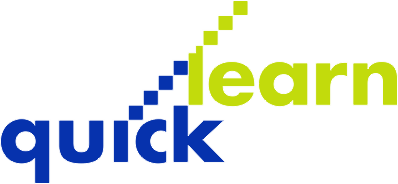
We all learn countless things in our lifetimes. But why is it that some people have greater success in learning than others? What are the factors that decide if our studying is successful or not? And why can’t we all learn faster and better?
The answer to all these questions might astonish you.
Would it already surprise you to learn that learning itself is a process that starts the moment we leave our mothers’ wombs, some say even earlier? When we picture learning, of course we think of reading books, studying hard, studying whiteboards, memorizing and repeating data over and over again, or physically practicing things. But much of our learning is actually done in a very sub-conscious and “instinctual” way. Just think of the early part of our lives: An infant soon learns when it cries, it gets fed, its diapers get changed or comfort and safety arrives in the form of Mamas or Papas arms. Does the Baby need studying, whiteboards or practising to acquire this knowledge? No, it just happens naturally. Yet further on in life, as we go through school, university and job training, our incredible natural learning ability gets replaced by a standardized education procedure that concentrates mostly on the cerebral side. This cuts out many of the valuable connections between head, heart, mind, body and feeling that enable children to learn easier, better and more naturally than grown-ups. These connections are more or less left to die like old roots. And this, of course, is in fact the biggest reason for many failures in learning and studying.
Here accelerated learning comes in.
Accelerated learning tries to re-connect these links that standard education has broken. It is all about learning much quicker, more solid and – most of all – natural again. How does it work? Simple. Its concept of Total Learner Involvement sees the student as an entity.
Accelerated learning takes all our individuality and turns it into an integral part of learning. Furthermore, it offers variety instead of trying to squeeze everyone into the same drawer. Because our habits and ways when studying are as distinct and unique as we are ourselves, aren’t we?
One of the most important premises of Accelerated learning is that studying is not just a “brain matter”. Learning happens simultaneously on many layers in our minds, emotions and senses. Knowledge is not just taken in passively. It is created actively when a person takes the abilities and wisdom he or she is acquiring and aligns everything with their individual background. And it is at exactly this point when pure information turns into deep personal meaning that learning has true and lasting success.
To reach this point so fast, accelerated learning, in a way, turns students back into children. It tickles and challenges their instinctive playful learning instincts. Every learning process within AL is highly activity-based. They are designed around constant involvement of the student, so they provide ongoing stimulation of all his or her senses. Because like children, we learn best when we are doing things, not just examining them. Another benefit of AL is that it constantly endorses the social factor of learning and eliminates competition. It creates a positive, emotionally secure and mentally agile atmosphere and surrounding. This assures the most effective flow of energy and, as a consequence, the best learning results.
Because this is what the power of accelerated learning is about: Achieving the best and fastest learning results possible in the most natural way.
Think of it – Albert Einstein once said: “The day we stop learning is the day we start dying.” If this life-long learning cycle can involve the whole human instead of “just” the mind, then it should. If knowledge can be achieved not only quicker, but also deeper and more ethical, then this is quite simply the best and most effective way forward.
And the name of the best way is accelerated learning.
See what you have already learned?

